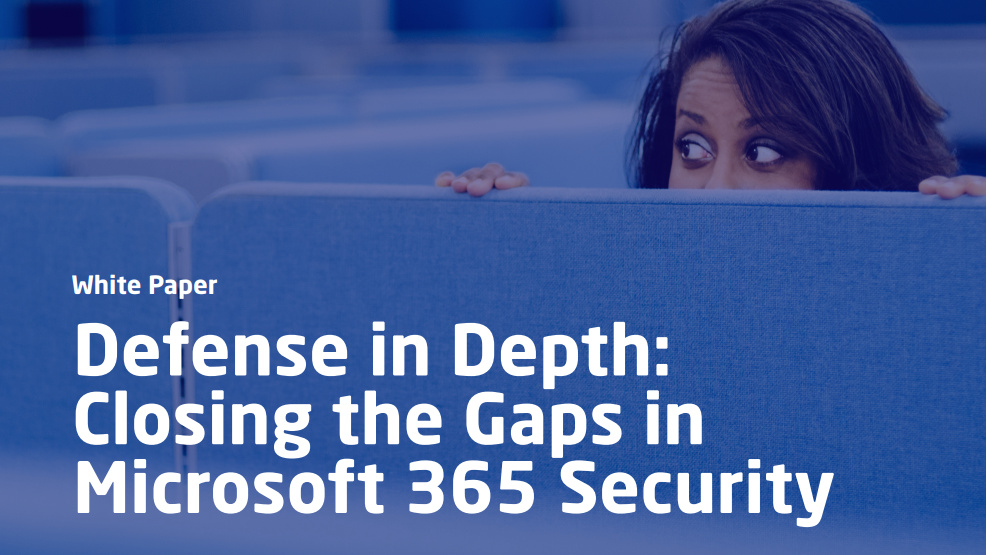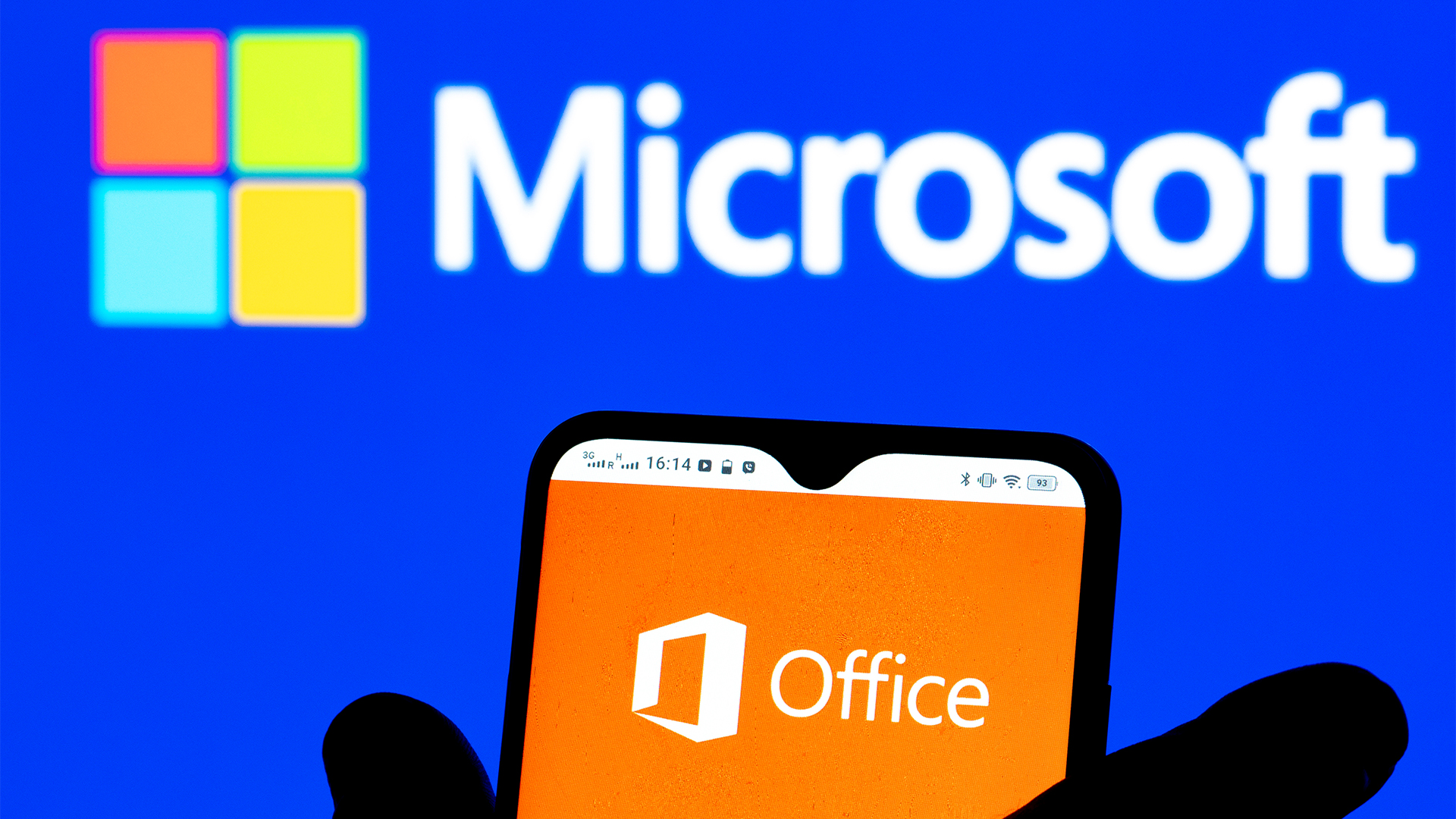Microsoft’s accessibility push is promising – but there’s plenty more to do
Tech giants are taking digital accessibility seriously, and now we need to be as vocal as possible about the great tools out there


Microsoft hosted its thirteenth Ability Summit earlier this year. The event, which featured speakers such as musician Gaelynn Lea and non-profit leader Dom Kelly, among other key figures, centered around the tech giant’s commitment to accessibility – as well as the IT industry’s impact. The sessions can be watched back here.
“Accessible technology is a fundamental building block that can unlock opportunities in every part of society and empower people across the spectrum of disability,” said Microsoft’s chief accessibility officer Jenny Lay Flurrie, at the time. “But it’s not just about technology. We are committed to tackling the disability divide and learning through our technology led strategy with three additional pillars, People, Partnership and Policy.”
READ MORE

The firm has recently been praised for initiatives like the Xbox Adaptive Controller and, even beyond the 13 iterations of the summit, this is far from the first time Microsoft has jumped into the pool of accessibility. For example, the company announced in 2021 it had bought Nuance, the firm behind industry-leading dictation software Dragon Naturally Speaking.
Microsoft products and services are ubiquitous in the enterprise – from Microsoft Teams to Windows 11 – and there’s hope that one of the biggest companies in the world taking accessibility seriously will improve the lives of countless professionals.
Creating new standards for accessibility
The optimism about the impact IT can have on accessibility during the keynote sessions is also felt within Microsoft’s ecosystem. Arunansu Pattanayak, an IT consultant and cloud architect at Microsoft, says his hope is for events like the Ability Summit to usher in an era of increased compatibility when it comes to accessibility.
“This is a really good cause that a lot of big tech companies like Microsoft, Google, T-Mobile are committed [to],” he tells ITPro. “So I'm hoping that that can bring people together and we can finally figure out a way to create those open standards to make this technology available and work in an interoperable manner.”
RELATED RESOURCE

Email is the most widely used business application and is vulnerable to cyber attacks. Close the gap in your your Microsoft 365 security.
But where there’s proposed action, which the summit was full of, there’s also the power of implementation. For his part, Eric Sugar, president at full stack provider ProServe IT, says Microsoft’s continued focus on accessibility is providing fresh opportunities and will continue to pay dividends. To do so from a technical perspective, however, requires being open to what you don’t know.
Sign up today and you will receive a free copy of our Future Focus 2025 report - the leading guidance on AI, cybersecurity and other IT challenges as per 700+ senior executives
“The difference between the organizations that are successful in helping people work or helping feel like they're contributing is that trust and willingness to be uncomfortable… the understanding that I'm going to ask the wrong question, I'm going to make a mistake and as long as we're in an area of trust, it's going to be okay but it's [also] acceptable.”
Integrating accessibility into your workflow
For Darren Stordahl, VP of sales and marketing at FMT Consultants, creating access translates down to the basic building blocks of business, like standard operating procedure documentation.
“What we’re currently excited about is that we’re planning to ensure that our company has tech staff who are familiar and capable of integrating American Sign Language (ASL) in our products and in the SaaS partnerships we build.”
Meanwhile, Sugar’s starting point is with dictation. His firm has strong ties to the non-profit sector, including working with the Canadian Institute for the Blind on IT solutions and he says that Microsoft’s attention to detail is what allows this creation of access.
READ MORE

“Microsoft's done a very good job designing their platforms to allow for accessibility. We, as the integrators, have to then do the same. Like, our version of that design thinking is then, ‘Okay, how do we integrate this into your daily life or my daily life?’”
Dictation came into Sugar’s life in a significant way when he broke his hand. There’s a saying in some areas of disability activism that everyone on earth is only temporarily able-bodied, an experience that the longtime tech worker felt keenly.
“I couldn't type for eight weeks, and I couldn't type well for probably closer to 12 or 13. So I started the experience. I had an eight-week experience that was incredibly disruptive for me and my life and my family and the people I care about. Knowing that people live with this all the time makes it important.”
Lending a helping hand
That accessibility is seen as being a helping hand is right in the name. For Pattanayak, he sees tools within Office 365 and the firm’s internal tools as key to moving accessibility forward in the IT space.
“If you're building plugins with an Office tool, or if you're developing any Office-related product, the accessibility assistant is a great tool for checking against accessibility. If you’re building a general purpose application using Java; you’re building a website using HTML; you develop your application from scratch, that's when the accessibility checker is going to be helpful.”
Pattanayak says the issue is less about difficult conversations with people when it comes to accessibility and more about publicizing that the tools themselves are available. Much of that information is online, including a toolkit focused on inclusive design, the aforementioned accessibility assistant, and the long-running application Seeing AI.
Despite the progress, we should still be wary
READ MORE

Much like those behind the Web Content Accessibility Guidelines (WCAG), Sugar and his colleagues continue to stress it’s important to go beyond a checkbox when it comes to accessibility in the digital world – no matter who your client is.
“If we take the time to treat accessibility as a GPS system, where we're going to change the route based on what's happening in front of us and the answers we receive, as opposed to coming in with a preconceived notion… businesses working to help businesses enable people will come up with better answers.”
Disability and technology are never an open-and-shut case. Something Sugar is committed to pointing out at every opportunity. “This is not a technology conversation. It's a trust and vulnerability conversation.”

John Loeppky is a British-Canadian disabled freelance writer based in Regina, Saskatchewan. He has more than a decade of experience as a professional writer with a focus on societal and cultural impact, particularly when it comes to inclusion in its various forms.
In addition to his work for ITPro, he regularly works with outlets such as CBC, Healthline, VeryWell, Defector, and a host of others. He also serves as a member of the National Center on Disability and Journalism's advisory board. John's goal in life is to have an entertaining obituary to read.
-
 OpenAI's 'Skills in Codex' service aims to supercharge agent efficiency for developers
OpenAI's 'Skills in Codex' service aims to supercharge agent efficiency for developersNews The Skills in Codex service will provide users with a package of handy instructions and scripts to tweak and fine-tune agents for specific tasks.
-
 Cloud infrastructure spending hit $102.6 billion in Q3 2025
Cloud infrastructure spending hit $102.6 billion in Q3 2025News Hyperscalers are increasingly offering platform-level capabilities that support multi-model deployment and the reliable operation of AI agents
-
 Microsoft 365 price hikes have landed the tech giant in hot water
Microsoft 365 price hikes have landed the tech giant in hot waterNews Australian regulators have filed a lawsuit against Microsoft for allegedly misleading users over Microsoft 365 pricing changes.
-
 Microsoft Office 2016 and 2019 are heading for the scrapheap next month – but there could be a lifeline for those unable to upgrade
Microsoft Office 2016 and 2019 are heading for the scrapheap next month – but there could be a lifeline for those unable to upgradeNews The tech giant has urged Office 2016 and Office 2019 users to upgrade before the deadline passes
-
 Salesforce says ‘Microsoft’s anticompetitive tying of Teams' harmed business in triumphant response to EU concessions agreement
Salesforce says ‘Microsoft’s anticompetitive tying of Teams' harmed business in triumphant response to EU concessions agreementNews Microsoft has agreed to make versions of its Office solutions suite available without Teams – and at a reduced price
-
 Microsoft Teams just added a convenient new feature you can find in Slack
Microsoft Teams just added a convenient new feature you can find in SlackNews Microsoft Teams has announced a raft of new updates, including a new threaded conversations feature for channels.
-
 Microsoft justifies 365 price increases after MP concerns
Microsoft justifies 365 price increases after MP concernsNews Microsoft’s UK VP of external affairs has defended the tech giant's price increases
-
 Microsoft is ending support for the Remote Desktop app – here are three alternatives you can try instead
Microsoft is ending support for the Remote Desktop app – here are three alternatives you can try insteadNews Microsoft has announced plans to end support for its Remote Desktop application in just over two months.
-
 Everything you need to know about the Microsoft outage
Everything you need to know about the Microsoft outageNews After a day of chaos, the worst of the Microsoft outage appears to have passed, but some problems still remain
-
 Slack AI agents shift looks to “unify” enterprise data and drive team synergy
Slack AI agents shift looks to “unify” enterprise data and drive team synergyNews The workplace collaboration platform is determined to make life as easy as possible for users